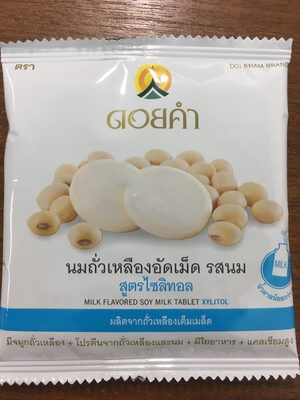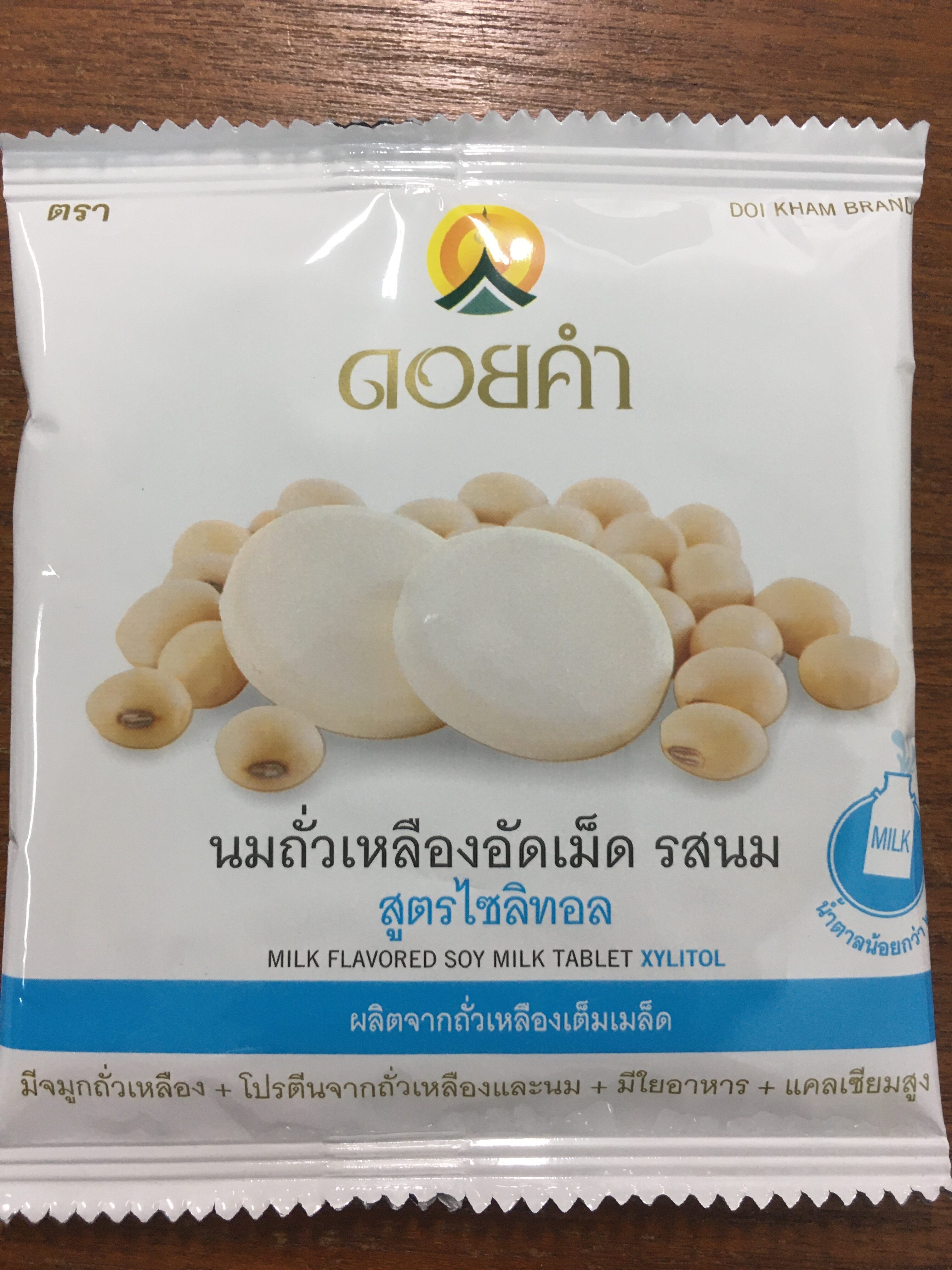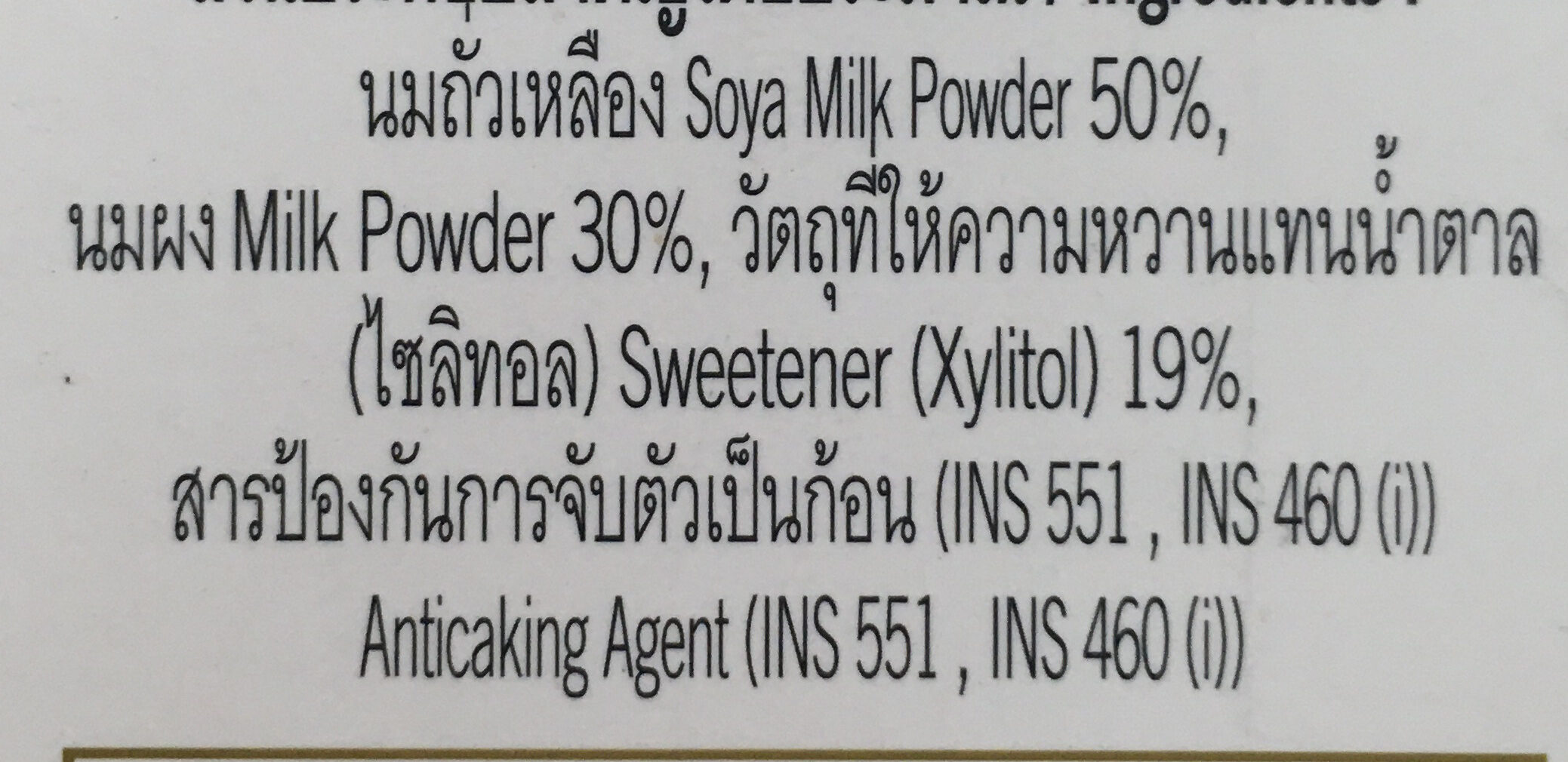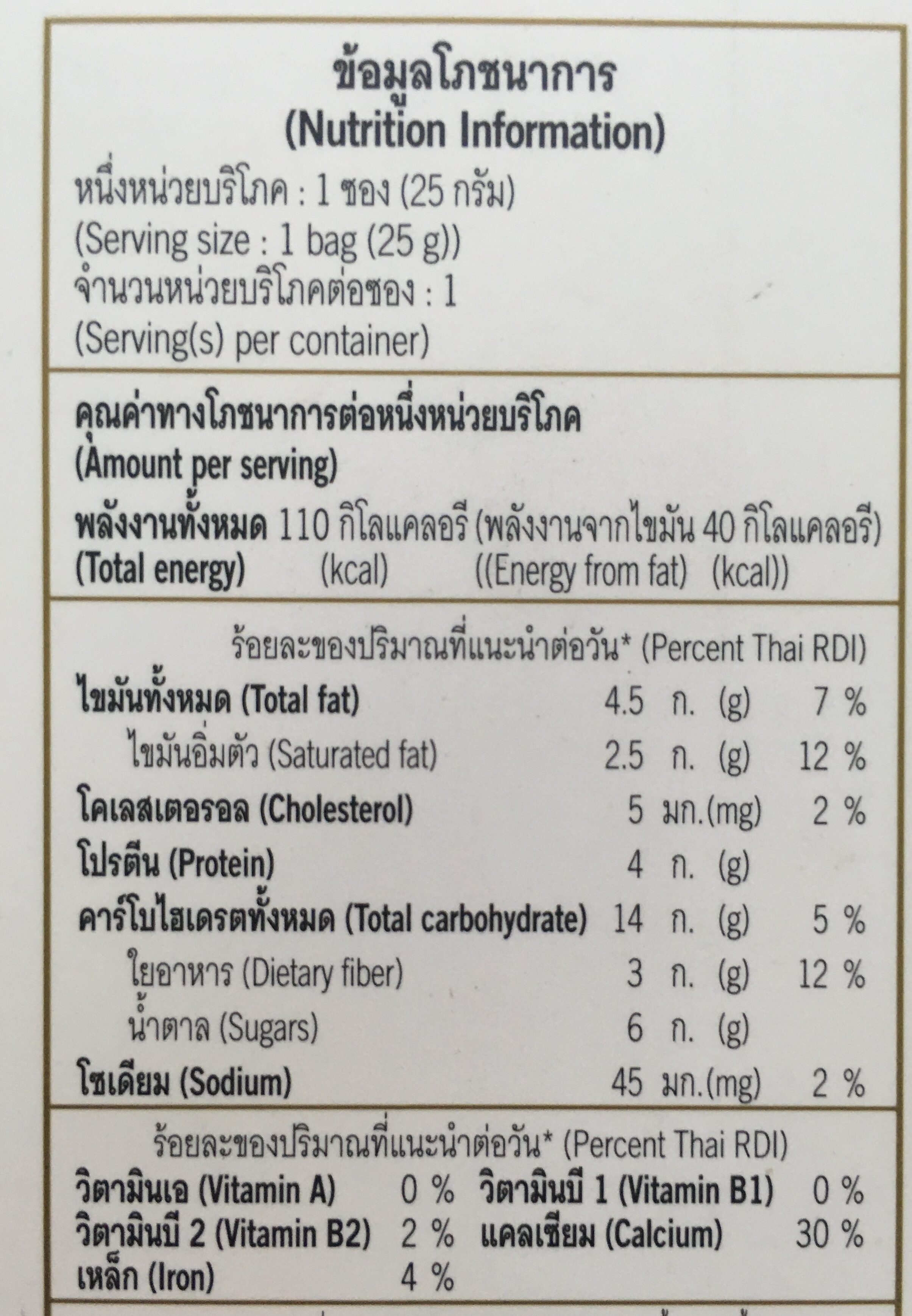นมถั่วเหลืองอัดเม็ด รสนม สูตรไซลิทอล - ดอยคำ - 25g
This product page is not complete. You can help to complete it by editing it and adding more data from the photos we have, or by taking more photos using the app for Android or iPhone/iPad. Thank you!
×
Barcode: 8850773580078 (EAN / EAN-13)
Quantity: 25g
Packaging: Bag
Brands: ดอยคำ, doi kham, Doikham, Royal projects, โครงการหลวง
Categories: Milk-tablet, Soymilk-tablet
Countries where sold: Thailand










